
In From Pixels to Polygons, we examine classic game franchises that have survived the long transition from the 8- or 16-bit era to the current console generation. In this final installment, Andrew Passafiume and Jeff deSolla discuss the evolution of the RPG legend, Dragon Quest.
We’ve covered many iconic franchises in From Pixels to Polygons, but few share the same legacy as Dragon Quest. Originally introduced to the West as Dragon Warrior, the DQ series helped craft Japanese-style RPGs, becoming the poster child for the genre long before Final Fantasy took the spotlight. Its evolution over time is steady, but significant, as it consistently remains aligned with its roots while still providing small, meaningful steps towards the future.
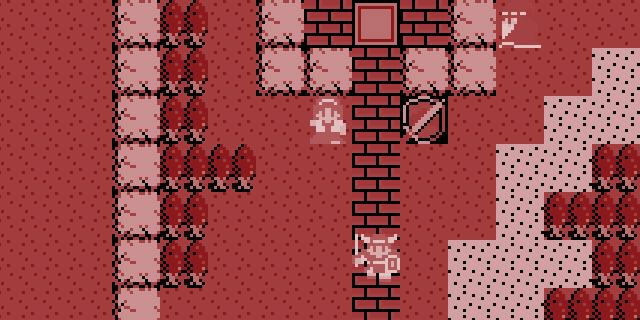
A meeting of East and West
Any franchise spanning as long of a history as Dragon Quest is bound to have humble beginnings. The original game, released in North America as Dragon Warrior, was relatively simplistic compared to future titles in the series. It focused on a single hero on a quest to save a princess and defeat the evil Dragonlord. Sound familiar?
It contained many series (and genre) staples that seem like givens now, but back then weren’t too common in consoles games like it such as gaining experience, buying items and equipment from shops and random encounters. Needless to say, these elements caught on quickly and carried over to the later games in the series, inspiring an entire genre along with it. The following game in the series, Dragon Quest II, increased your team size from a single character into a full-fledged four-character party, and is considered by many to be the real inspiration for future JRPG juggernauts such as Square’s Final Fantasy series.
The gameplay remained relatively the same, but the scope was massive compared to its predecessor. With a larger world map, more dungeons and towns to explore and battles featuring multiple enemy encounters, it essentially took a basic formula and doubled down on it in every way imaginable, laying the groundwork for the future games.
With the series continuing to gain serious popularity in Japan, it wasn’t long until Dragon Quest III was released, complete with a brand new mechanic: the class system. You began as a single hero, as was common in the previous games, but instead of meeting new characters along your journey, you went to the local tavern and recruited them based on their specific classes. Each class had its own strengths and weaknesses, making party customization a real focus and ultimately giving players more control over their adventures.
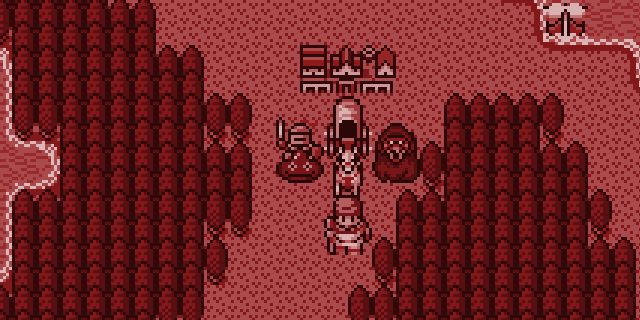
Refining the formula
Dragon Quest IV kept the same systems in place and also introduced some more series staples such as a day-and-night cycle, the ability to travel in a flying vehicle and customizable character tactics, giving you more tactile control in battle. It was more of the same in the grand scheme of things, but it did enough to expand on DQ3’s already-proven formula to keep things fresh.
In 1992, the series made its Super Famicom debut with Dragon Quest V. It introducing a monster-collecting mechanic and spanning multiple generations, making excellent use of the leap from 8 to 16-bit hardware. Being able to catch and train monsters, a feature that became so popular is inspired its own spin-off series, turned your traditional party into something more dynamic as a result.
It’s also the first Dragon Quest that allowed you to manually control your entire party, making you focus less on programming tactics for each character (a system introduced in DQIV) and more on having full control over every battle. The game’s follow-up, Dragon Quest VI, included all of these popular features and even brought back the series’ famous class system. It did little to push the franchise forward, only maintaining status quo until the next leap in hardware would ultimately push the series in a new direction.
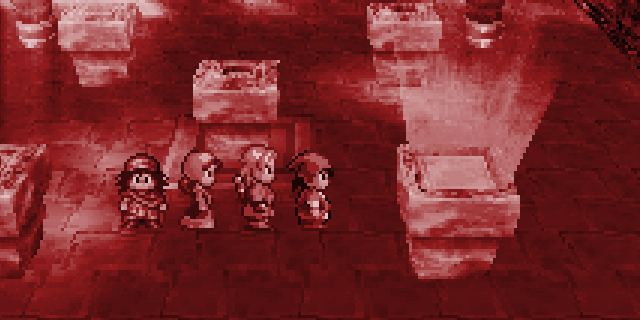
Overburdened with ambition
Dragon Quest VII, the final game to bear the “Warrior” name in North America, was also the first and only PlayStation release, excluding remakes and spinoffs. The series didn’t fully depart from its 2D origins, retaining its use of sprites for both the player as they navigated the world and in battle. It implemented a 3D world with a camera that could rotate, which was often used to hide items or secret areas. There’s no avoiding it: DQVII was long. When you’re using 2D sprites, you can fit a lot of game on two CDs, and developer Heartbeat did just that, making what it probably the longest game in the series. DQVII didn’t offer many new mechanics, and though it brought back VI’s class system, its major addition to the franchise was its 3D terrain, which was used in the PlayStation remake of IV, as well as the DS remakes of IV, V and VI.
Dragon Quest VIII was the first and only main DQ on PS2. VIII combined many aspects of previous games, and also added more new features than any game before it. This is also when Level-5 took over development, as the first DQ title under the Square Enix name. Leveled-up characters accrued skill points, which the player could spend on various abilities to determine strengths and weaknesses. VIII also provided the first fully-3D environment, using cel shading to retain the animated style for characters and enemies. As with many other RPGs on PS2, it also introduced voice acting, though retained the series standard of having a silent protagonist. Monster recruiting was present, as was the new alchemy system, allowing for item crafting.
Following a long hiatus, Dragon Quest IX was released on the DS, the first (and currently only) main entry on a handheld system. The graphics were a cut down version of VIII’s style, with the addition of weapons and armor showing up on your characters in the field and in battle. A job system returned, similar to those in VI and VIII. IX was a game that relied heavily on character customization, as three of the four members of your party were created by the player. IX also made heavy use of the Nintendo Wi-Fi Connection service for downloadable content, and was one of the few games released in North America to feature Tag Mode, a rudimentary version of what would become StreetPass on 3DS.
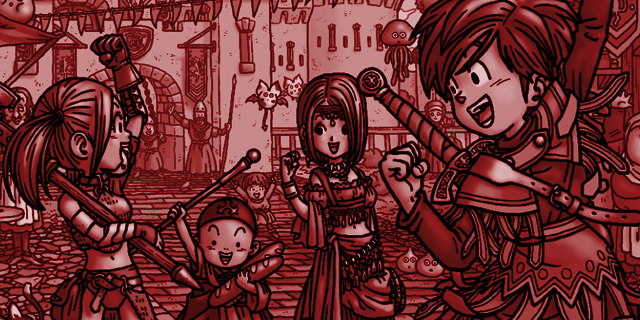
Becoming a world warrior
While Dragon Quest IX changed things up in many impressive ways, it wasn’t a huge leap forward like its predecessor was. The sequel, however, would be the first in the series to offer some dramatic changes to a traditionally single-player formula by focusing more on online play. Complete with a monthly fee and limited single-player-only content, Dragon Quest X, originally a Wii exclusive, was the first (and so far only) MMO in the series, giving players an expansive world to explore and plenty of content to keep them busy.
It’s not too dissimilar from previous titles, as it includes many familiar elements such as the iconic class system, but its focus on grouping with other players and a battle system that is more action-oriented was a jarring change for many players hoping for it to remain closer to the formula they knew and loved. It’s still a Dragon Quest game, even if it did distance itself from past games, but the initial reaction from many goes to show just how closely every previous game has remained to that initial vision. You can’t make substantial changes like DQX did and not expect a harsh response from those who remained loyal to it from its earliest releases.
Dragon Quest X was a bold experiment for Square Enix, and despite some disappointment from fans, it proved to be a successful release. It’s hard to say when we’ll see a new Dragon Quest title and if it’ll return to the more traditional formula we’ve come to know from the first nine games. Despite that, it’s hard not to appreciate the series’ rich lineage and slow, steady evolution and understand exactly why it’s so revered by many.
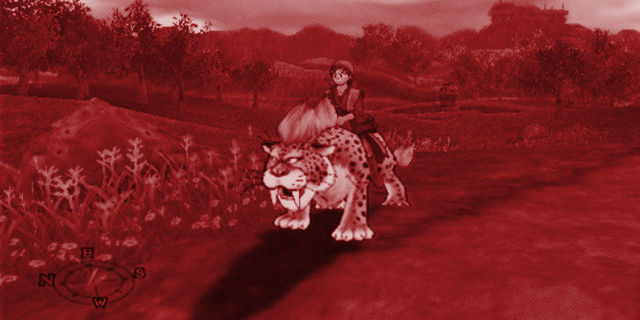
What’s the peak of the Dragon Quest series?
Andrew: Dragon Quest VIII, in my mind, is probably the most refined game in the series to date. While I adore previous games in the series, DQVIII really pushed things in a direction I was hoping it would go with DQVII. Featuring an excellent cast of characters, the best version of the traditional turn-based battle system and an expansive, gorgeous world to explore, Dragon Quest VIII is a near-perfect demonstration of how to take a familiar, iconic formula and make it relevant today.
Jeff: Because there was so long between IV and VIII, many people seemed to forget about the series, as two whole entries were only available as a fan translation and as import only for so long. Dragon Quest IV was the game that really fleshed out its characters, which was unique on the NES, where so many DQ protagonists were very generic and one-dimensional.



















